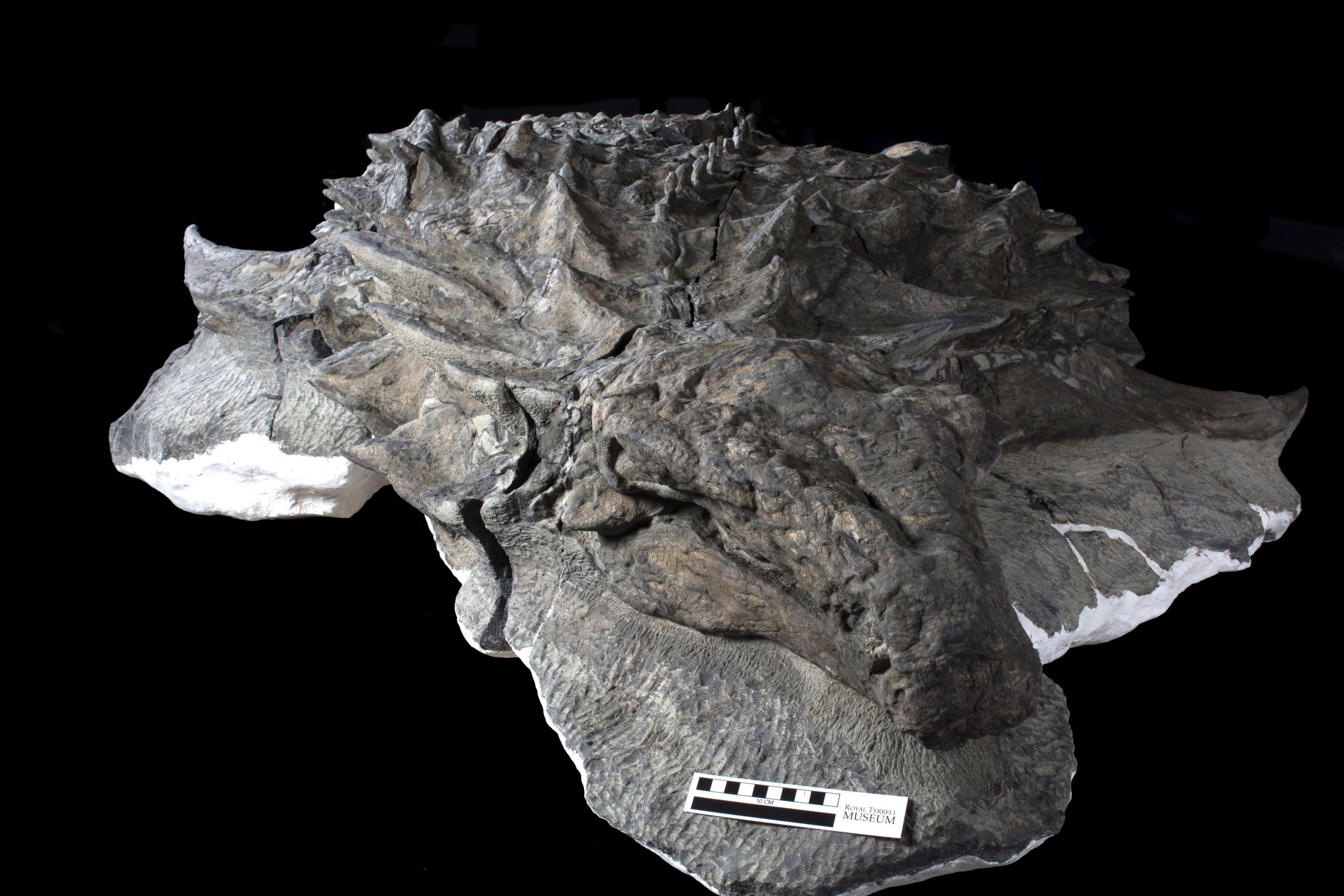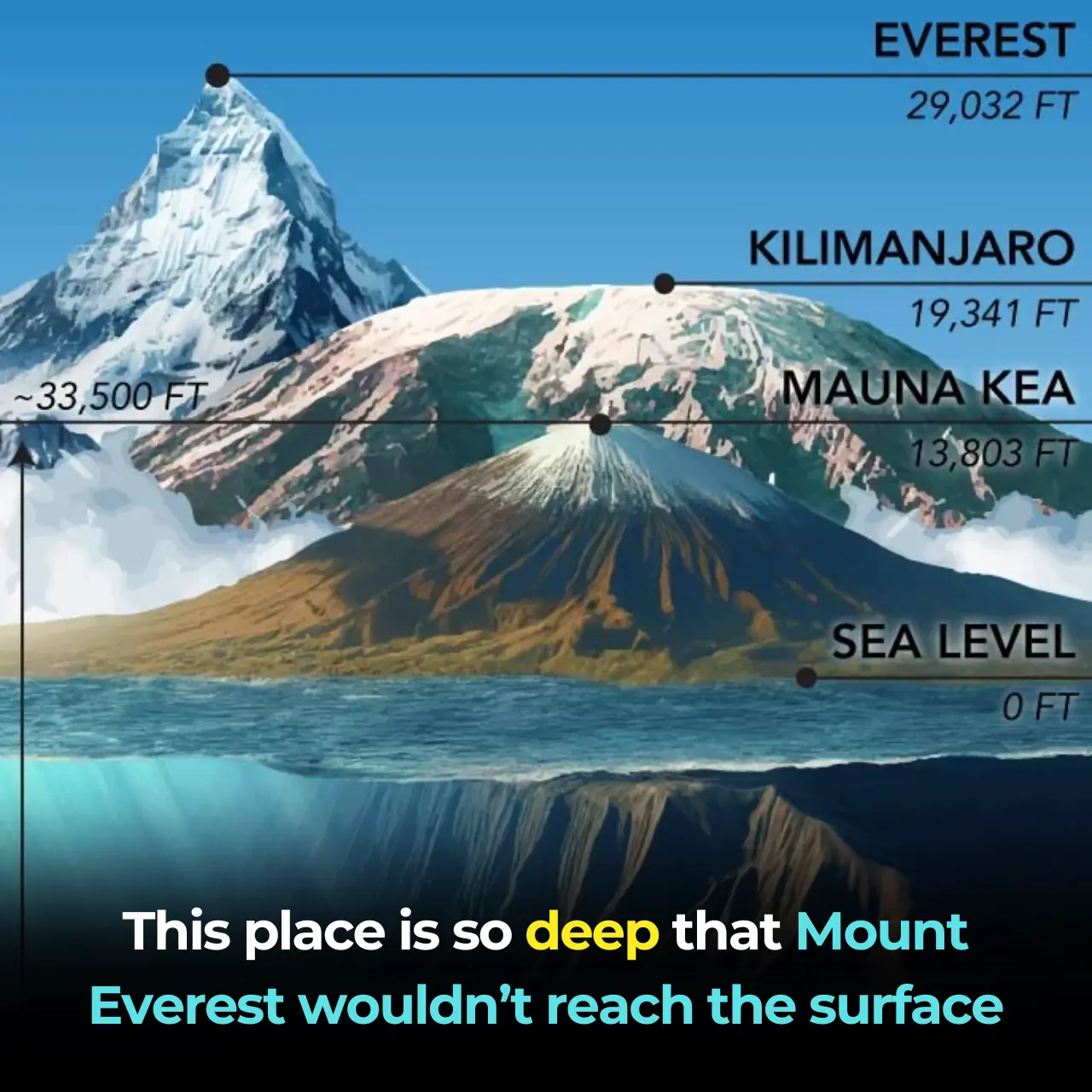
Meet Borealopelta markmitchelli: The Best-Preserved Dinosaur Fossil Ever Discovered
Meet Borealopelta markmitchelli: The Best-Preserved Dinosaur Fossil Ever Discovered

Imagine a dinosaur fossil so detailed that its face, skin, and armor appear untouched by time. Meet Borealopelta markmitchelli — an incredibly well-preserved armored dinosaur that has stunned scientists and fossil enthusiasts worldwide. This rare find offers a one-of-a-kind glimpse into prehistoric life during the Early Cretaceous period.
A One-in-a-Billion Fossil Discovery
Unearthed in Alberta, Canada, this nodosaur fossil stands out as one of the most complete and best-preserved dinosaur fossils ever found. Encased in an ancient seabed, Borealopelta still retains its skin, body armor, facial features, and even the individual scales — something virtually unheard of in the fossil record.
A Land Dinosaur Preserved in the Ocean
Although Borealopelta lived on land, it was discovered in marine sedimentary rock. Scientists believe it was swept out to sea during a major flood event. After floating belly-up due to internal gases, the dinosaur eventually sank into deep, cold ocean waters — an environment that protected it from decay and scavengers, preserving it in near-pristine condition.
Discovered by Chance in an Oil Sands Mine
This extraordinary fossil was found not in a traditional dig site, but in an oil sands mine in northern Alberta. Heavy machinery exposed the specimen, and shovel operator Shawn Funk — a fossil enthusiast — immediately recognized its potential. Just weeks before, Funk had visited a museum, further fueling his interest in paleontology. Remarkably, had the fossil been just 10 meters away, it may have never been found.
What Scientists Have Learned from Borealopelta
Thanks to this fossil’s exceptional preservation, researchers have gained unprecedented insight into nodosaur biology:
-
Diet: Fossilized stomach contents reveal what this dinosaur ate.
-
Defense Mechanisms: The structure and placement of its armor spikes suggest sophisticated predator deterrence.
-
Skin Pigmentation: Melanin remnants hint at the dinosaur’s original coloration — possibly a form of camouflage.
-
Ecological Role: This find helps paleontologists better understand the ecosystems of the Early Cretaceous.
Why Borealopelta markmitchelli Is a Paleontological Treasure
Borealopelta markmitchelli is more than just a fossil — it’s a window into a lost world. Its incredible condition bridges the gap between modern science and ancient Earth, helping scientists decode the lives of dinosaurs with an unprecedented level of detail.
News in the same category


12 Statements That Protect Your Self-Respect and Emotional Boundaries

Your Social Brain Starts Working Before You Can Smile

11 Polite Phrases Intelligent People Use to End Pointless Arguments

Man in Turkey Joins Search Party for Himself After Wandering into the Forest

Quality Over Quantity: The Power of a Few Real Ones in Life’s Tough Moments

DIM: The Natural, Vegetable-Derived Solution Revolutionizing Plaque Control and Dental Care

Antarctica Surprises with Ice Gain of 100 Billion Tons, Challenging Climate Expectations

Viking Sheep With Four Horns Have Returned From Near Extinction in Britain

How Stan Larkin Lived 555 Days Without a Heart, Thanks to a Groundbreaking Artificial Heart

Introducing NEO: The $20,000 Humanoid Robot That Will Revolutionize Your Home

Michelin's Game-Changing Airless Tires: No Punctures, No Blowouts, Just Pure Innovation

Experience the Ultimate 4,000-Mile Canadian Train Adventure for Just $558

Revolutionary mRNA Vaccine Shows Early Promise in Defeating Deadly Brain Cancer

Is Intelligence Linked to Political Ideology? New Research Reveals Surprising Findings

Shocking Rise in Cognitive Disabilities Among Young Adults – A Decade-Long Yale Study Reveals Startling Trend

MIT's Groundbreaking mRNA Vaccine Technology Boosts Effectiveness 100 Times and Reduces Toxicity

Leucine’s Hidden Power: How an Essential Amino Acid Boosts Mitochondrial Energy and Cellular Health

Wildlife Populations Have Declined by 73% in the Last 50 Years, Scientists Warn

Mariana Trench -The deepest location on Earth
News Post

High Blood Pressure: Silent Symptoms That Damage Your Body

Low Blood Pressure: When Dizziness Becomes Dangerous

Hypertension Crisis: Warning Signs You Need Immediate Care

Uncontrolled Blood Pressure: Hidden Risks to the Heart and Brain

Shortness of Breath: When It Signals a Serious Lung Problem

High Liver Enzymes: What Blood Tests Are Telling You

Why Highly Intelligent People Enjoy What Most People Avoid

12 Statements That Protect Your Self-Respect and Emotional Boundaries

Your Social Brain Starts Working Before You Can Smile

11 Polite Phrases Intelligent People Use to End Pointless Arguments

Man in Turkey Joins Search Party for Himself After Wandering into the Forest

Quality Over Quantity: The Power of a Few Real Ones in Life’s Tough Moments

DIM: The Natural, Vegetable-Derived Solution Revolutionizing Plaque Control and Dental Care

Antarctica Surprises with Ice Gain of 100 Billion Tons, Challenging Climate Expectations

How to Reset Your Thyroid to Burn Fat and Activate Your Metabolism

6 Natural Ways To Stop Gum Disease Before It’s Too Late

Plant-Derived Nutrient Cocktail Achieves 100% Kill Rate of Breast Cancer Cells In Vitro

5 warning signs your heart is abnormally weak for your age

Active Vitamin D Levels, Not Storage Form, Linked to Greater Gut Microbiome Diversity in Older Men
